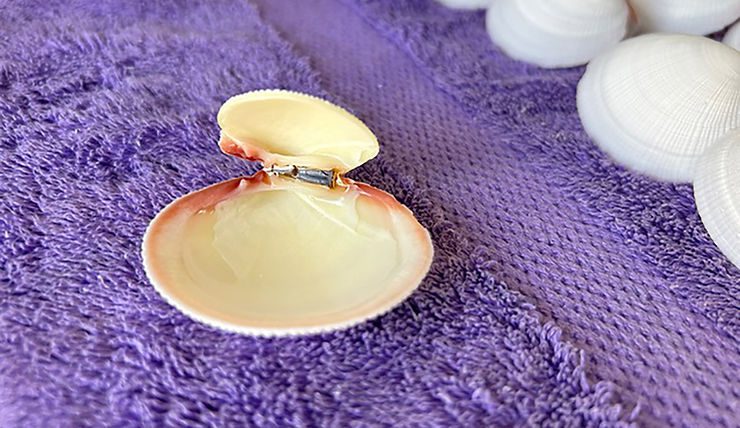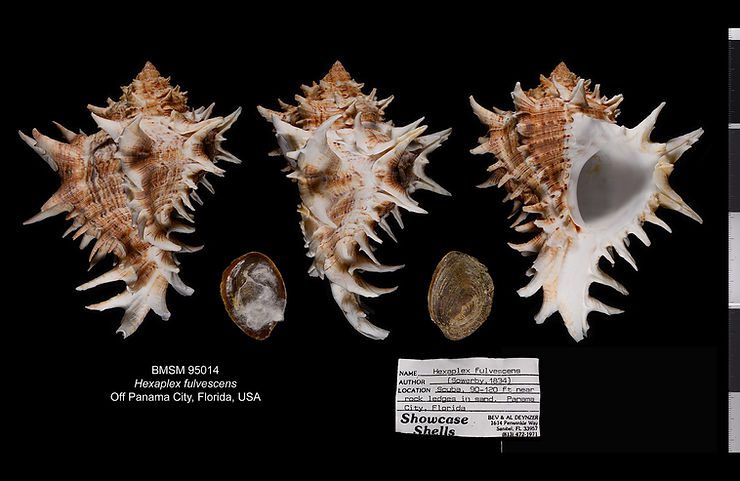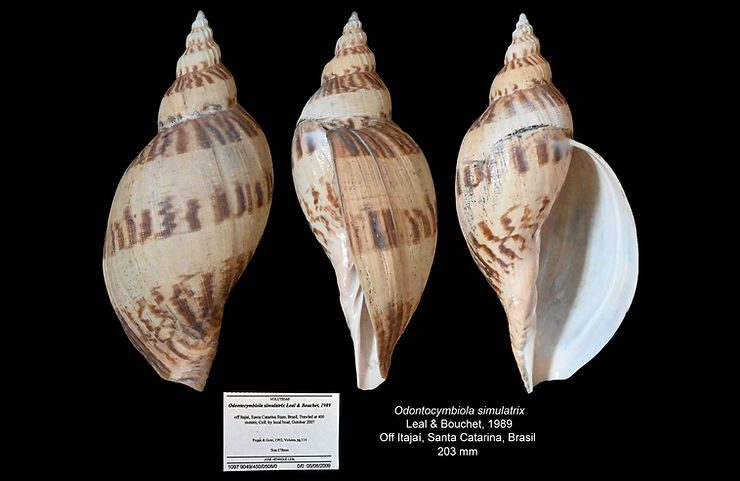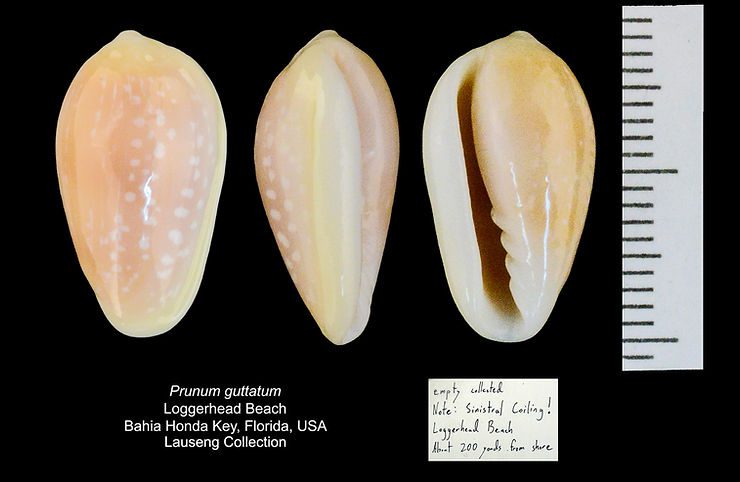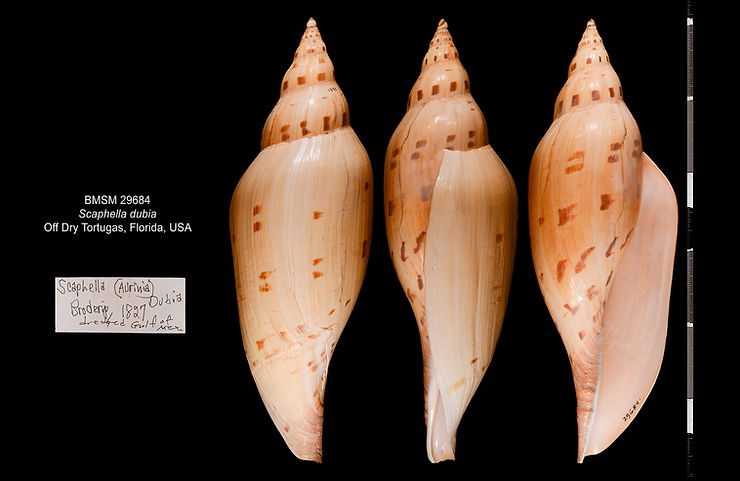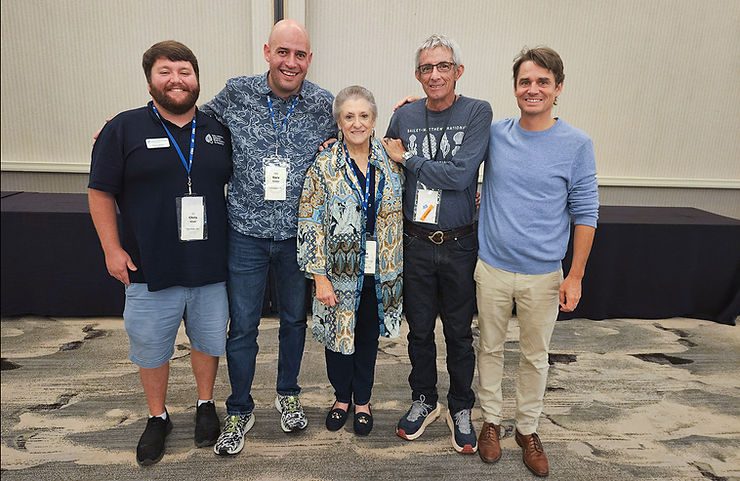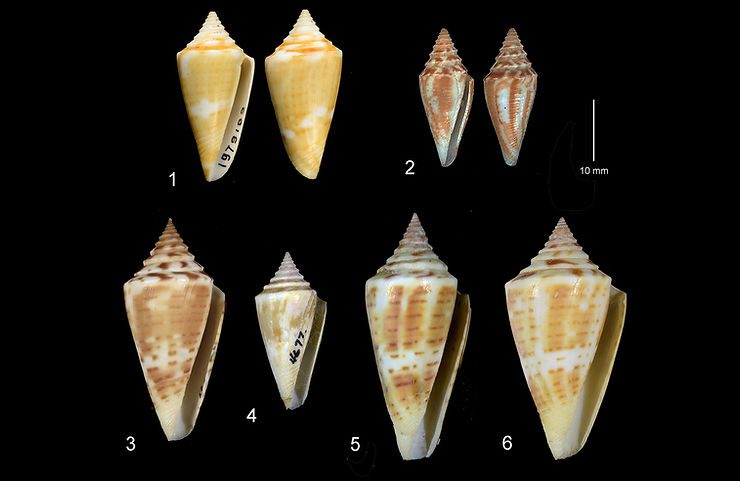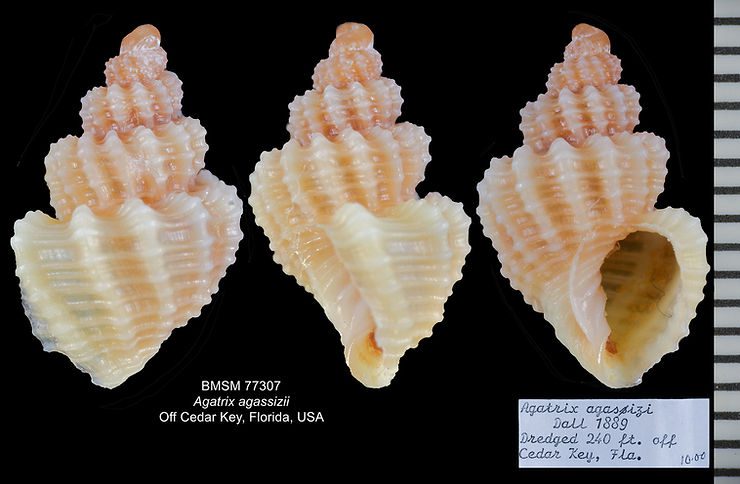
Shell of the Week: The Agassiz’s Nutmeg
Agatrix agassizii (Dall, 1889) reaches 13.5 mm (about 0.53 inch). It has a distinctive shell shape with well-defined whorl shoulders, which impart a “stepped” aspect to the entire shell. The species is found in moderately deep water (33 to 91 m, or about 108 to 300 feet) from off the Carolinas to the northern Caribbean, including the northeastern Gulf of Mexico and the waters off western Florida. #agatrixagassizii #agassizsnutmeg #cancellariidae #cancellariaagassizi #cedarkey
